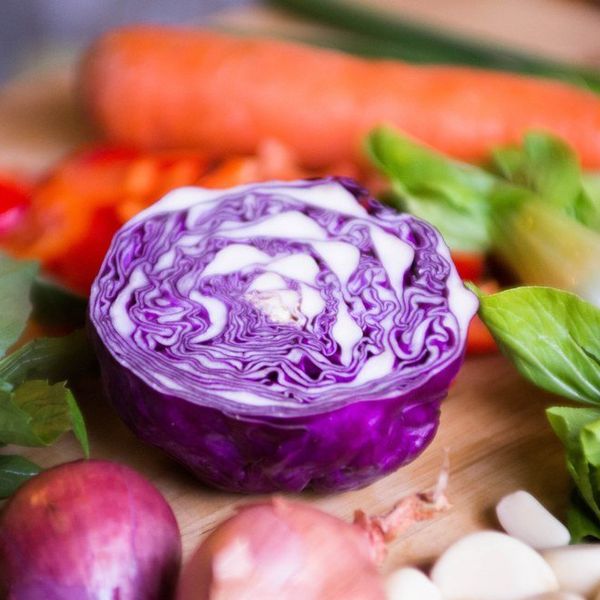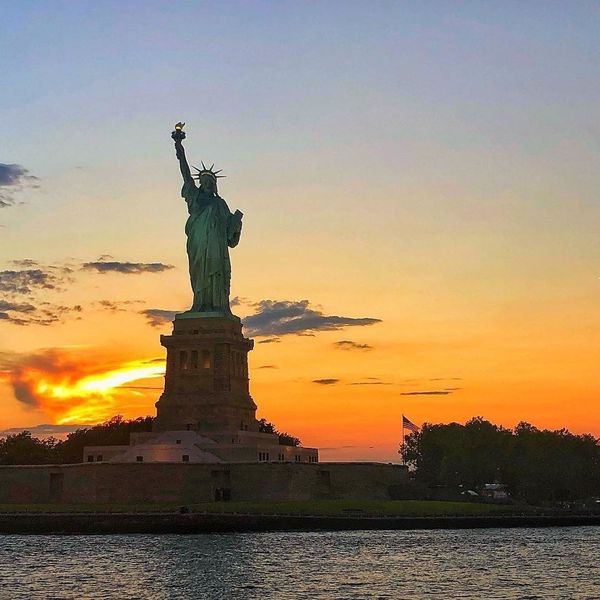Can you imagine a life without safe water to drink? Well for many this is a reality. At this moment 650 million people in the world do not have access to clean water. Without this basic necessity, they are forced to drink contaminated water. 315,000 children die annually from water contaminated diseases. You may ask, what is water scarcity? Why is it happening? Simply put, water scarcity is either the lack of enough water or lack of access to safe water, the quality. It's hard for most of us to imagine that clean, safe water is not something that can be taken for granted. But, in the developing world, finding a reliable source of safe water is often time-consuming and expensive. Our water is simply being overused and mismanaged.
According to the International Water Management Institute , agriculture, which accounts for about 70% of global water withdrawals, is constantly competing with domestic, industrial and environmental uses for a scarce water supply. In attempts to fix this ever growing problem, many have tried to form more effective methods of water management. One such method is irrigation management. This is a method of transporting water to crops in order to maximize the number of crops produced. Many of the irrigation systems in place do not use the water in the most efficient way.
Another method is water management for rainfed agriculture. Rainfed agriculture is the most common method of agriculture in developing nations. According to the International Water Management Institute, 80% of the land farmed around the world is rainfed and it "contributes about 58% to the global food basket". Some techniques in water management for rainfed agriculture include the use of supplemental irrigation and rain catchment systems. These techniques help provide much-needed water to areas where rainfall is inconsistent. Having this water helps to increase the number and quality of the crops grown.
The majority of the agriculture we produce is used to feed livestock. One serving of beef, which could be one hamburger takes 1,200 gallons of water to be produced. One serving of chicken, a chicken sandwich is 330 gallons of water per serving. One vegan meal, including fresh vegetables, rice, and tofu, uses 98 gallons of water. The world produces 270 million of tons of soy per year. 26% of that soy is used for human purposes and 74% of the soy is used for livestock. We are pumping our water into our livestock.
This may seem like a lot of information, and you may think how can my one Mcdonalds hamburger affect the world? What we don't see are all of the hidden costs. The water that went into the soy to feed the cows. The cost of shipping the beef and soy to the next place. Which creates greenhouse gases and contributes to climate change. If Americans didnt eat any meat or cheese just one day a week, it would be the equivalent of taking 72 million cars of the street per year. We don't see how our eating habits can affect greenhouse gases, water scarcity and our planet. Hidden Costs of Hamburgers is a great quick clip of how hamburgers affect our plant. If you have a few minutes I encourage you to watch this quick clip. I hope you eat a few less hamburgers a week, eat more veggies and maybe even switch your diet to save this beautfiul planet we have.





















